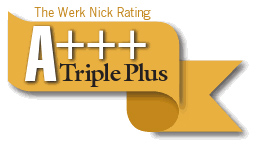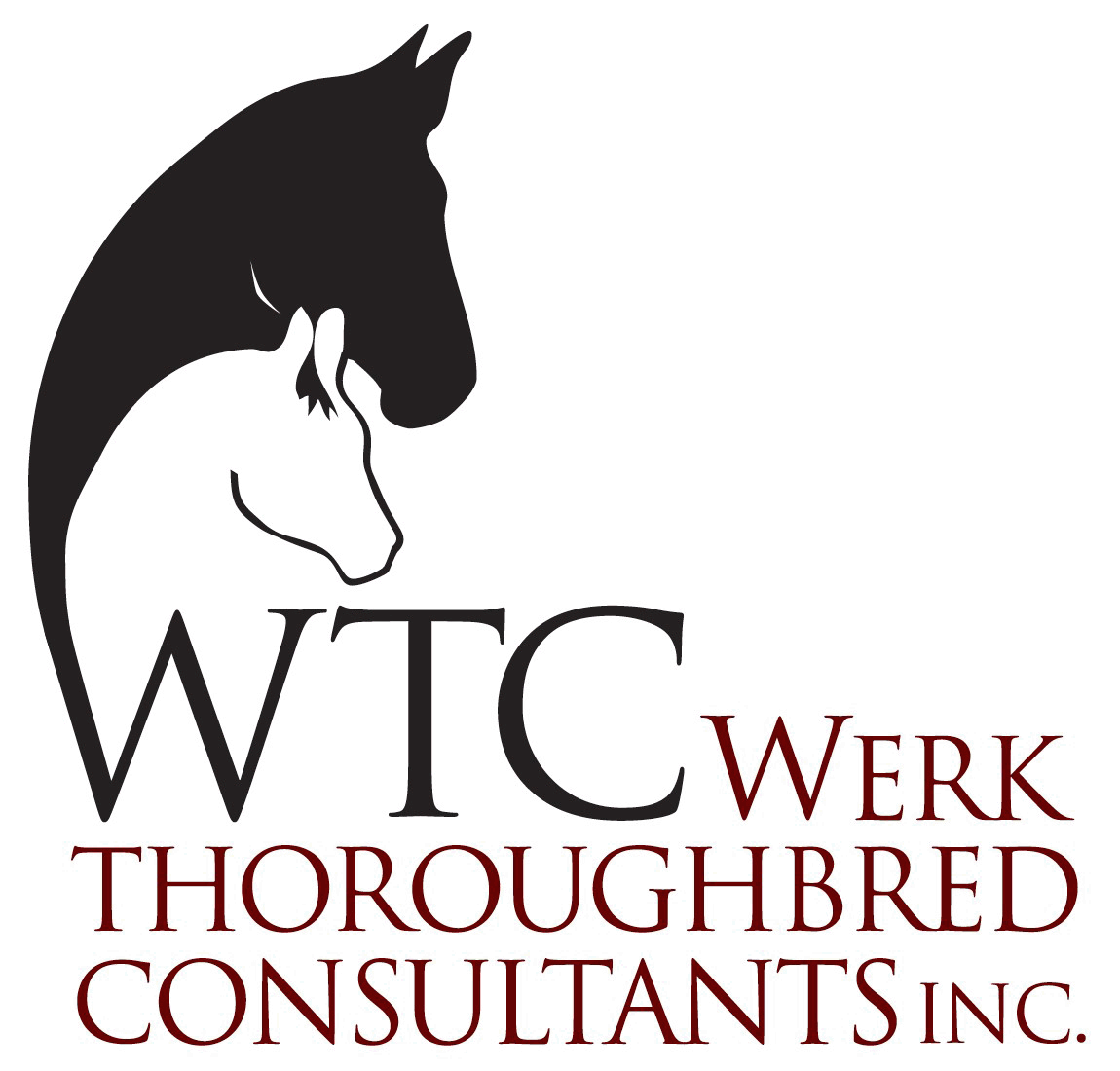

Only at eNicks.com!
History
The Werk Nick Rating® was launched in 1988 with much of it being done by hand. With the assistance of Roger Lyons, the system was completely automated in 1992. Since that time, the Werk Nick Rating® and its letter grades (A++, A+, A, B+, B, C+, C, D+, D, & F) have grown in popularity and have maintained its position as the industry standard.
We took the next step In 2004 when we launched www.enicks.com. The website was an immediate success. Users could now match their mares and receive the Werk Nick Rating® to enrolled stallions for FREE, compliments of stallion farms who sponsored their stallions in the eNicks program.
By 2007, over 600 stallions had joined the eNicks program eNicks is now international with sponsored stallions from 10 countries. In 2008, over 6.9 million Werk Nick Ratings ® were viewed by breeders. We currently have nearly 10,000 registered users.
The A+++
In April, 2009, we came up with the idea of developing an elite nick rating, one that actually took into account the quality of the stakes winners of a sire line cross. These are crosses that are more likely to replicate high performance and more likely to transfer down the sire lines involved.
After almost four months and through the efforts of the WTC staff headed by Roger Lyons, the Triple Plus was born!
The Triple Plus is more than a nick rating in the sense that it's comprised of functions relating to:
1) Quantity of SWs from a cross
2) Concentrations of G1 and G2 winners among those SWs
3) Continuity of stakes production along the sire and broodmare sire lines
4) Special consideration of the relations of sire and broodmare sire to their respective sire lines
Test Survey
After months of changes and testing, we were convinced that we had come up with the most powerful nick rating in the business.
But, before we launched, Roger suggested we run the Triple Plus rating with the ENTIRE 2005 Keeneland September sale catalogue. The results were incredible. The sale contained 281 yearlings with current Triple Plus ratings. Now five-year-olds, that select group consists of at least 80.8% starters, at least 61.2% winners, at least 19.6% stakes horses, 13.2% stakes winners, 10.3% graded/group stakes horses, 8.9% graded/group stakes winners, 6.4% G1-2 stakes winners, and 3.6% G1 stakes winners.
Among the runners captured by the Triple Plus rating in that sale are G1 winners Any Given Saturday, Curlin, Daaher, Great Hunter, Intangaroo, Mrs. Lindsay, Rags to Riches, Red Giant, Scat Daddy, and Street Boss.
That small group of 281 Triple Plus-rated yearlings--only 5.5% of the catalogue--included 37% of the G1 winners that came out of the sale. In fact, over 20% of the winners of G1 and G2 races run since 2004 worldwide are bred from Triple Plus crosses.
Needless to say, we knew we had our elite rating!
Final Thoughts
It’s important to remember only crosses that otherwise qualify for an A, A+, or A++ rating can qualify for the Triple Plus rating. As always, one should not strain to breed a mare to a stallion that yields a Triple Plus cross just to have one. A certain region and stud fee range may not offer a stallion that both suits the mare as an individual and yields a Triple Plus. While Triple Pluses are fairly easy to find for certain broodmare sire lines, others may not have Triple Plus crosses at all. After all, actual crosses representing the Triple Plus rating are quite rare. Roughly, 4-5% of the racing population is bred that way, and that's a fairly select population, relative to "the general population" of foals. But, if you can identify a stallion that suits the mare in all other respects and is a Triple Plus cross, then you will have the most reliable assurance you can get anywhere that the cross is supported by a genuine affinity between the two sire lines.
